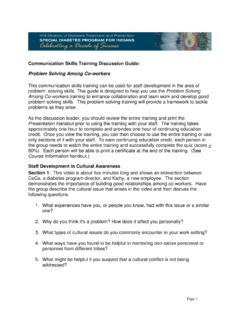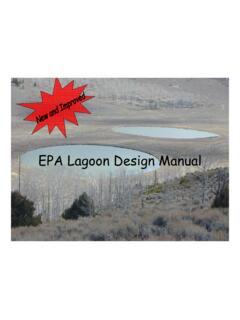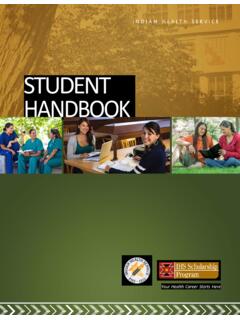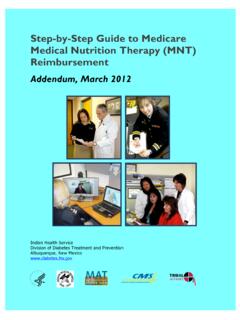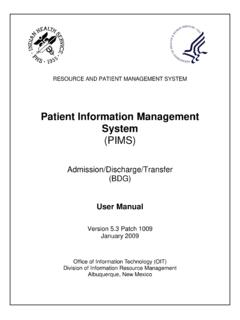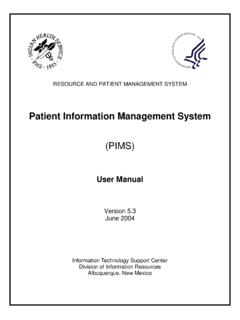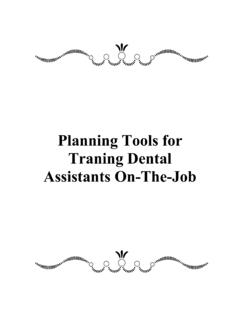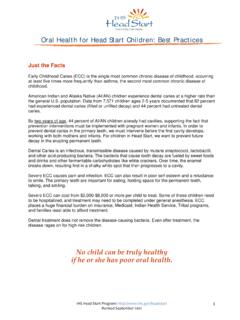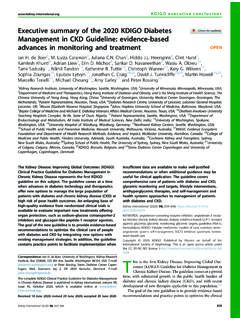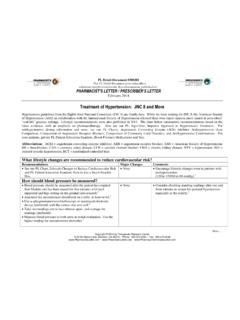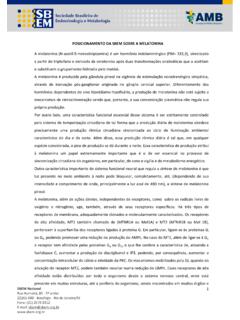Transcription of Anxiety Disorders: Diagnosis & Treatment
1 Anxiety Disorders: Diagnosis & Treatment David Liu MD, MS Health Sciences Assistant Clinical Professor UC Davis Department of Psychiatry and Behavior Sciences Disclosures I have no financial relationships to disclose relating to the subject matter of this presentation Learning Objectives 1. Review the DSM-5 diagnostic criteria for Generalized Anxiety Disorder and Panic Disorder 2. Recognize differential Diagnosis of GAD and Panic Disorder 3. Appreciate common co-morbidities to Anxiety disorders 4. Understand approach towards management and Treatment options for Anxiety disorders in the primary care setting Primary Care is the De Facto Mental Health System What is Anxiety ?
2 Begins as ordinary, Begins to effect day-to-day daily life situation. Excessive DSM-5 Diagnostic Criteria for Generalized Anxiety Disorder A. Excessive Anxiety and worry (apprehensive expectation), occurring more days than not for at least 6 months, about a number of events or activities (such as work or school performance) B. The individual finds it difficult to control the worry. C. The Anxiety and worry are associated with three (or more) of the following six symptoms (With at least some symptoms having been presents for more days than not for the past 6 months).
3 Note: Only one item is required in children 1. Restlessness or feeling keyed up or on edge. 2. Being easily fatigued. 3. Difficulty concentrating or mind going blank. 4. Irritability. 5. Muscle tension. 6. Sleep disturbance (difficulty falling or staying asleep, or restless, unsatisfying sleep) DSM-5 DSM-5 Diagnostic Criteria for Generalized Anxiety Disorder (cont.) D. The Anxiety , worry, or physical symptoms cause clinically significant distress or impairment in social occupational, or other important areas of functioning. E. The disturbance is not attributable to the physiological effects of a substance ( , a drug of abuse, a medication) or another medical condition ( , hyperthyroidism).
4 F. The disturbance is not better explained by another mental disorder ( , Anxiety or worry about having panic attacks in panic disorder, a negative evaluation in social Anxiety disorder [social phobia], contamination or other obsessions in obsessive-compulsive disorder, separation from attachment figures in separation Anxiety disorder, reminders of traumatic events in posttraumatic stress disorder, gaining weight in anorexia nervosa, physical complaints in somatic symptom disorder, perceived appearance flaws in body dysmorphic disorder, having a serious illness in illness Anxiety disorder, or the content of delusional beliefs in schizophrenia or delusional disorder.)
5 DSM-5 GAD: how does it present in the office? Prevalence: (12-months), 9% (lifetime) Median age of onset: 31 Life stressors Somatic symptoms: sleep disturbances, chronic headache, sweating, palpitations, chest tightness, gastrointestinal symptoms, restlessness Do you worry excessively about minor matters? DSM-5 Screening Tool GAD-7 Relationship Between GAD-7 Score and Disability Days, Symptom-Related Difficulty, and Clinic Visits Spitzer RL, et. al., Arch Intern Med. 2006;166(10):1092-1097 Panic Disorder Panic Attack Panic Disorder Panic Disorder A.
6 Recurrent unexpected panic attacks. A panic attack is an abrupt surge of intense fear or intense discomfort that reaches a peak within minutes, and during which time four (or more) of the following symptoms occur: Note: The abrupt surge can occur from a calm state or an anxious state. 1. Palpitation, pounding heart, or accelerated heart rate. 2. Sweating. Note: Culture-specific 3. Trembling or shaking. symptoms ( , tinnitus, 4. Sensations of shortness of breath or smothering. neck soreness, headache, uncontrollable screaming or 5. Feelings of choking. crying) may be seen. Such 6. Chest pain or discomfort.
7 Symptoms should not count 7. Nausea or abdominal distress. as one of the four required 8. Feeling dizzy, unsteady, light-headed, or faint. symptoms. 9. Chills or heat sensations. 10. Paresthesias (numbness or tingling sensations). 11. Derealization (feeling of unreality) or depersonalization (being detached from one self). 12. Fear of losing control or going crazy . 13. Fear of dying. DSM-5 Panic Disorder (cont.) B. At least one of the attacks has been followed by 1 month (or more) of one or both of the following: 1. Persistent concern or worry about additional panic attacks or their consequences ( , losing control, having a heart attack, going crazy ).
8 2. A significant maladaptive change in behavior related to the attacks ( , behaviors designed to avoid having panic attacks, such as avoidance of exercise or unfamiliar situations). C. The disturbance is not attributable to the physiological effects of a substance ( , a drug of abuse, a medication) or another medical condition ( , hyperthyroidism, cardiopulmonary disorders). D. The disturbance is not better explained by another mental disorder ( , the panic attacks do not occur only in response to feared social situations, as in social Anxiety disorder; in response to circumscribed phobic objects or situations, as in specific phobia; in response to obsessions, as in obsessive-compulsive disorder; in response to reminders of traumatic events, as in posttraumatic stress disorder; or in response to separation from attachment figures, as in separation Anxiety disorder).
9 DSM-5 Panic Disorder: how does it present in the office? Prevalence: 2%-3% (12-months), (lifetime) Median age of onset: 20-24 Discrete, somatic symptoms, particularly autonomic hyperarousal ( palpitations, shortness of breath, and dizziness). High medical utilization: majority seek care through PCP and/or emergency department Katerndahl DA, Realini JP. J Fam Pract. 1995 Mar;40(3):237-43. Differential Diagnosis and Comorbidities Medical Mimics Other Anxiety Disorders Depressive Disorder Substance use disorders (intoxication or withdrawal) Endocrinopathies Hypo/hyperthyroidism Hypo/hyperadrenalism Menopause Metabolic Diabetes Porphyria Cardiovascular Medical Mimics Pulmonary Asthma/COPD PE Neurological Stroke MS Migraine Medications Steroids Stimulants Anticholinergics Dopaminergics Other Anemia Vitamin deficiency (B12) Epilepsy ACS Heavy metal poisoning Hypertension CHF Comorbidities Other Anxiety Disorders GAD.
10 Panic disorder ( and ) Brawman-Mintzer O, et., al., Am J Psychiatry. 1993;150(8):1216-8. Comorbidities (cont.) Depressive Disorders Depression: 75% met criteria for an Anxiety disorder (lifetime) Anxiety : 79% met criteria for MDD (lifetime) Presence of both disorders together: Significantly decreases odds of recovery Increases time to therapeutic onset for medication Associated with a more chronic course Lamers F, et. al., J Clin Psychiatry. 2011;72(3):341-8 Kessler RC, et. al., Psychological medicine. 2008;38(3):365-374 Anxiety Disorders and Suicide Risk Bomyea J, et. al., Psychiatry Research 2013, 209(1), 60 65 Comorbidities (cont.)
